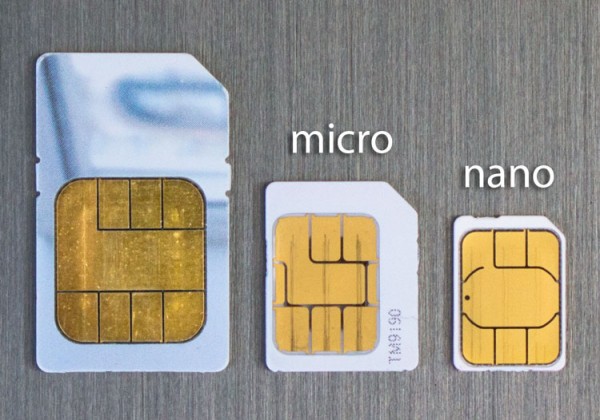The nano-SIM (or 4FF) card was introduced on 11 October 2012, when mobile service providers in various countries started to supply it for phones that supported the format. The nano-SIM measures 12.3 mm × 8.8 mm × 0.67 mm (0.484 in × 0.346 in × 0.026 in) and reduces the previous format to the contact area while maintaining the existing contact arrangements. A small rim of isolating material is left around the contact area to avoid short circuits with the socket. The nano-SIM is 0.67 mm (0.026 in) thick, compared to the 0.76 mm (0.030 in) of its predecessor. 4FF can be put into adapters for use with devices designed for 2FF or 3FF SIMs, and is made thinner for that purpose, and telephone companies give due warning about this.

The iPhone 5, released in September 2012, was the first device to use a nano-SIM card, followed by other handsets.